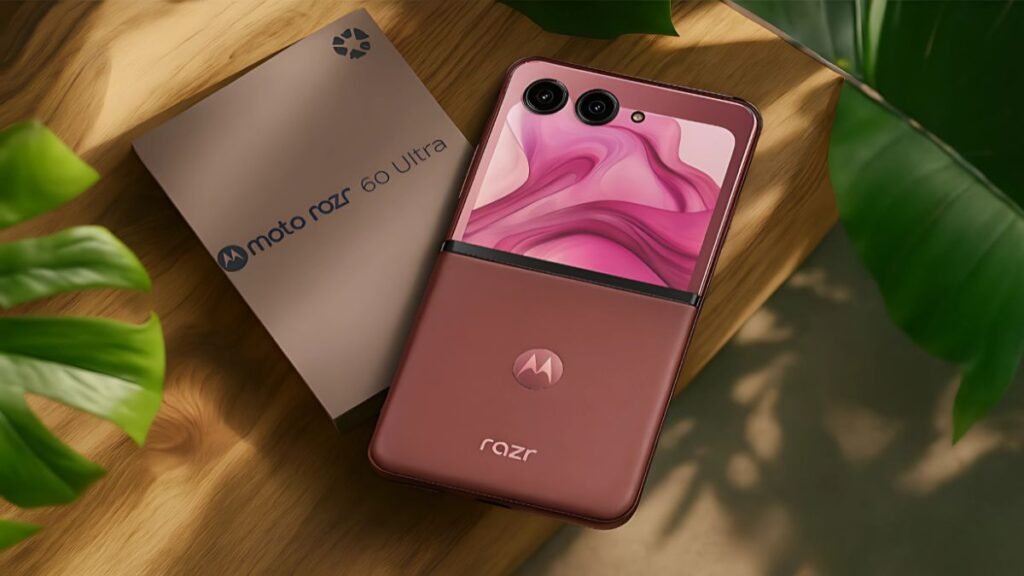Google Pixel 11 Pro 5G Launched: Short answer despite eye-catching headlines and YouTube thumbnails, the Google Pixel 11 Pro 5G has not been officially launched as of September 15, 2025. Google’s 2025 flagship family is the Pixel 10 series; early coverage places the Pixel 11 line in 2026 with next-gen silicon and wireless charging updates likely. We’ll keep this guide clean, hype-free, and useful—so you can decide whether to buy now, or wait and watch.
Is the Google Pixel 11 Pro 5G Actually Launched?
Here’s the reality check. Google’s current product pages and late-summer announcements focus squarely on the Pixel 10, Pixel 10 Pro/Pro XL, and Pixel 10 Pro Fold—not an 11 Pro. Launch-day language, retail dates, and promos all reference Pixel 10 devices on sale now, while mainstream reports continue to cover Pixel 10 features and updates—again underscoring that the live lineup is Pixel 10, not 11. Meanwhile, roundups about the “Pixel 11” frame everything as what to expect, not what’s shipping. So if you saw “11 Pro launched” posts, treat them as misreads or clickbait. The bottom line: no official launch, no product page, no preorders for a Pixel 11 Pro as of today.
Release Window: When Should We Expect Pixel 11 Pro?
Most credible outlooks peg the Pixel 11 family for 2026, aligning with Google’s annual cadence and the typical late-summer launch window established by the Pixel 10 series in 2025. That forecast also lines up with chip rumors (more on that below) and Google’s pattern of design refreshes every two to three years, which would make an 11-series makeover plausible after the 10. For planning purposes, that means shoppers in late 2025 should evaluate what’s real today (Pixel 10 models) versus a not-yet-announced 11 Pro that’s likely at least months away. If you need a phone now, buy now; if you’re just curious, keep an eye on 2026.
What We Can Infer from Google’s 2025 Playbook
Understanding Google’s current moves clarifies what might come next. The company launched multiple Pixel 10 variants in 2025 and reiterated a long-term software commitment—seven years of OS, security, and Feature Drops starting with Pixel 8 and continuing with newer models. That prolonged support changes the upgrade math: a Pixel 10 bought today won’t be “out of date” next year, even if Pixel 11 arrives. It also hints that the 11 Pro, when it appears, will inherit the same long support window and deep integration with Gemini-powered features. Practically, this means you don’t have to chase a number; you can buy a 10-series device with confidence and still enjoy years of updates, while you watch 11-series rumors mature into facts.
Rumored Pixel 11 Pro Headliners (Handle With Care)
Early reporting points to a shift to Tensor G6, potentially on an advanced TSMC node, plus Qi2 wireless charging—the magnetic, accessory-friendly standard gaining traction in 2025. Expect camera refinements with Google’s computational photography, on-device AI enhancements via a faster NPU, and the usual premium niceties (LTPO OLED, high peak brightness, and a periscope tele). These are rumors, not a spec sheet; consider them a probability map, not a promise. Still, they make sense: Google typically pairs iterative hardware upgrades with larger software leaps, so a cleaner, more responsive AI experience and power-efficiency gains are logical. Keep your expectations flexible until Google publishes official specs.
Design & Display: What “Pro” Usually Means for Pixel
If we follow Google’s recent design rhythm, a refined Pro chassis with a bold camera bar, improved materials, and a slightly tweaked silhouette is likely. Expect an LTPO OLED in the 6.7–6.9-inch range with adaptive refresh and very high peak brightness for outdoor use. Bezels tend to shrink marginally each cycle, while haptics and speakers get quieter, incremental boosts. Google’s stated pattern—a fresh design every 2–3 years—suggests the 11-series could lean into a new design DNA or a polished evolution of the 10-series look. Either way, a Pro-class display with precise color, HDR punch for streaming, and friendly PWM behavior for sensitive eyes would be table stakes, with the Pro remaining the content-creator sweet spot in the lineup.
Cameras: How Google Usually Levels Up
Year after year, Google’s “Pro” tier doubles down on computational photography: better low-light processing, tighter skin-tone mapping, smarter HDR, and cleaner video pipelines. If the 11 Pro continues the trend, we’d anticipate a triple-camera layout (wide/ultra-wide/periscope tele), upgraded sensors, faster autofocus, and video perks like improved stabilization and night video. But the real magic usually comes from software: object erasers that preserve texture, face-unblur that doesn’t smear detail, and auto color grading that feels natural. Pair that with the rumored Tensor G6 and you’re looking at faster, more consistent capture rather than just bigger megapixel counts. Keep in mind: until Google’s official camera specs and sample galleries appear, we’re reading tea leaves—not a manual.
Performance & Battery: Why Tensor G6 Matters
Moving to a TSMC-built Tensor G6 could bring meaningful gains in efficiency, thermals, and sustained performance—exactly what creators and gamers want. A more efficient node typically means cooler operation and longer battery life at the same capacity. That, in turn, opens the door for heavier on-device AI tasks without throttling. Expect deep-learning features (summarization, voice, translation, image tools) to run locally more often, with cloud assist when helpful. If Google also refines modem performance and antenna tuning, we could see steadier 5G throughput and fewer “dead spot” dips. None of this is confirmed—but it aligns with how Google historically frames a new Tensor generation: smarter, cooler, and more helpful.
AI & Software: Seven Years Sets the Tone
Starting with Pixel 8, Google locked in seven years of OS, security, and Feature Drops—an industry-leading promise that the Pixel 10 series continues. For a prospective Pixel 11 Pro owner, that translates to long runway value: you’re buying into a device that keeps learning through quarterly Pixel Drops and Android feature enhancements far beyond year two. Expect tighter Gemini integration, more robust offline abilities via an upgraded on-device model, and system features like call screening, message replies, and photo tools that steadily refine. This update horizon also matters for resale and total cost of ownership; devices with long support tend to hold value and stay safe longer. If you upgrade in 2026, you’d reasonably expect official support well into the early 2030s.
Connectivity & Charging: Qi2 and Practical 5G
In 2025, Google embraced Qi2 and magnetic accessory alignment across the Pixel 10 family, bringing simpler desk charging and a better accessory ecosystem. It’s reasonable to expect a Pixel 11 Pro to double down on Qi2 and keep robust sub-6 + mmWave (region dependent) for 5G. Google’s radios improved notably in recent generations; with each Tensor and modem tweak, the Pixels get more consistent in fringe areas. For most users, what matters is this: fast, reliable charging that doesn’t punish battery health, and stable cellular performance during commute-heavy days. Given current momentum, a smarter thermal/power strategy paired with Qi2 convenience seems likely. Specifics will have to wait for Google’s official sheet, but the direction is clear.
Who the Pixel 11 Pro 5G Is For (When It Arrives)
If you love clean Android, first-in-line features, and Google’s helpful AI, the Pro tier is built for you. The 11 Pro will cater to content creators, mobile photographers, frequent travelers, and power users who appreciate a big, bright screen and sustained performance for maps, video, docs, and editing on the go. The long update policy sweetens the deal for people who keep phones 4–6+ years. If you’re more budget-minded or prefer a lighter device, the base Pixel or the A-series often hits a better price-to-weight balance. But if you want the best Google experience the company can deliver in a slab phone, the Pro is traditionally the safest bet—once it’s actually announced.
Should You Buy Pixel 10 Now or Wait for Pixel 11 Pro?
Buy now if your phone is struggling, your battery is tired, or you simply want the newest Google features today. The Pixel 10 family is real, reviewed, and on shelves, with long support and plenty of AI conveniences; you won’t be left behind in a year. Wait if your current phone still hums along and you enjoy the thrill of day-one hardware; the 11 Pro rumors hint at efficient silicon and accessory-friendly charging that could be worth the patience. As always, base the call on your timeline, not the rumor cycle: phones are tools, not trophies. If you need certainty and warranty now, Pixel 10 is the easy answer; if you’re flexible, keep an eye on 2026 developments.




